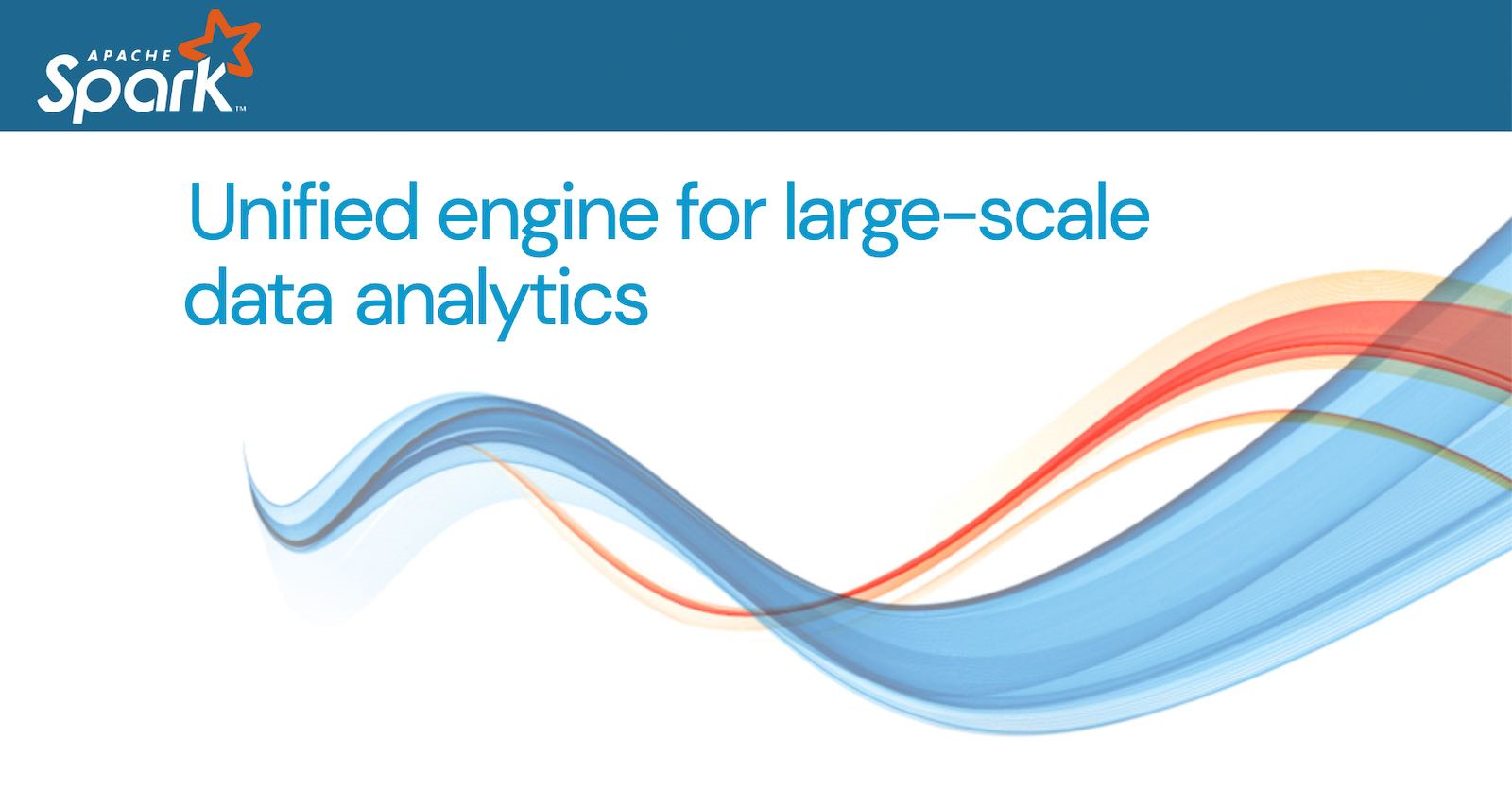The Rise of the Sixth Data Platform: A New Era in Data Management
August 13, 2024, 6:12 am

Location: United States, Washington, Seattle
Employees: 1-10
Founded date: 2006
Total raised: $8.43B
In the fast-paced world of technology, data is the new oil. It fuels decisions, drives innovation, and shapes industries. As we stand on the brink of a new era, the concept of the "sixth data platform" emerges as a beacon of hope for businesses grappling with the complexities of data management. This platform promises to revolutionize how organizations store, process, and utilize data, paving the way for smarter, more agile operations.
The sixth data platform is not just another buzzword. It represents a paradigm shift in data architecture. Historically, data platforms have been monolithic, locking companies into rigid systems that stifle flexibility. Think of it as a giant, unwieldy ship. It may be powerful, but it’s hard to steer. The sixth data platform, however, is akin to a fleet of nimble boats, each designed to navigate the waters of data with ease.
The evolution of data management is marked by five previous platforms, each building on the lessons learned from its predecessors. The first platforms were like the early days of the internet—clunky and limited. As technology advanced, so did the platforms, leading to more integrated and user-friendly solutions. Yet, despite these advancements, many organizations still find themselves shackled by the constraints of traditional systems.
Enter the sixth data platform. This new model embraces modularity and openness. It allows businesses to pick and choose components that best suit their needs, much like assembling a custom-built computer. This flexibility is crucial in today’s data-driven landscape, where the volume, variety, and velocity of data can overwhelm even the most seasoned professionals.
One of the driving forces behind this shift is the rise of open data storage solutions. These platforms liberate data from the confines of proprietary systems, allowing organizations to manage their data without the fear of vendor lock-in. Imagine a library where you can freely access any book you want, rather than being restricted to a single publisher’s collection. This newfound freedom fosters competition among providers, pushing them to innovate and deliver better value to customers.
As we look to the future, the need for a robust data exchange framework becomes evident. The sixth data platform aims to facilitate seamless data sharing across organizations. This is akin to creating a universal language for data, enabling different systems to communicate effortlessly. Such interoperability is essential for businesses that rely on real-time data for decision-making.
However, the transition to this new platform is not without challenges. Organizations must grapple with governance issues, ensuring that data remains secure and compliant with regulations. The balance between open access and stringent control is delicate. It’s like walking a tightrope—one misstep could lead to data breaches or compliance failures.
Moreover, the competition among emerging data platforms is fierce. Companies like Snowflake, Databricks, and DBT Labs are vying for dominance in this space. Each brings unique strengths to the table, but the question remains: who will emerge as the leader in this new era? Snowflake, with its robust analytics capabilities, is a strong contender. Databricks, on the other hand, excels in machine learning and collaborative data science. The race is on, and the stakes are high.
As organizations adopt the sixth data platform, they will also need to rethink their approach to data analysis. Financial Data Analysts, for instance, are becoming increasingly vital in the FinTech sector. These professionals sift through mountains of data, extracting insights that drive strategic decisions. Their role is akin to that of a skilled miner, carefully excavating valuable gems from a vast expanse of rock.
The tools available to these analysts are evolving as well. Data visualization software, machine learning algorithms, and big data platforms are transforming how analysts work. These technologies empower them to uncover patterns and trends that were previously hidden. It’s like having a powerful microscope that reveals the intricate details of a complex organism.
Yet, the challenges remain. Data quality and integrity are paramount. Analysts must ensure that the data they work with is accurate and reliable. In a world where decisions are increasingly data-driven, a single error can have far-reaching consequences. Moreover, the need for data privacy and security is more pressing than ever. Analysts must navigate a labyrinth of regulations, ensuring compliance while still delivering actionable insights.
Looking ahead, the future of data management is bright. The sixth data platform promises to unlock new possibilities for organizations willing to embrace change. As businesses become more data-centric, the demand for skilled analysts will only grow. These professionals will play a crucial role in shaping the future of their organizations, guiding them through the complexities of the data landscape.
In conclusion, the sixth data platform is not just a technological advancement; it’s a revolution in how we think about and manage data. It offers a path to greater flexibility, interoperability, and innovation. As organizations embark on this journey, they must remain vigilant, adapting to the ever-changing landscape of data management. The future is here, and it’s time to embrace it.
The sixth data platform is not just another buzzword. It represents a paradigm shift in data architecture. Historically, data platforms have been monolithic, locking companies into rigid systems that stifle flexibility. Think of it as a giant, unwieldy ship. It may be powerful, but it’s hard to steer. The sixth data platform, however, is akin to a fleet of nimble boats, each designed to navigate the waters of data with ease.
The evolution of data management is marked by five previous platforms, each building on the lessons learned from its predecessors. The first platforms were like the early days of the internet—clunky and limited. As technology advanced, so did the platforms, leading to more integrated and user-friendly solutions. Yet, despite these advancements, many organizations still find themselves shackled by the constraints of traditional systems.
Enter the sixth data platform. This new model embraces modularity and openness. It allows businesses to pick and choose components that best suit their needs, much like assembling a custom-built computer. This flexibility is crucial in today’s data-driven landscape, where the volume, variety, and velocity of data can overwhelm even the most seasoned professionals.
One of the driving forces behind this shift is the rise of open data storage solutions. These platforms liberate data from the confines of proprietary systems, allowing organizations to manage their data without the fear of vendor lock-in. Imagine a library where you can freely access any book you want, rather than being restricted to a single publisher’s collection. This newfound freedom fosters competition among providers, pushing them to innovate and deliver better value to customers.
As we look to the future, the need for a robust data exchange framework becomes evident. The sixth data platform aims to facilitate seamless data sharing across organizations. This is akin to creating a universal language for data, enabling different systems to communicate effortlessly. Such interoperability is essential for businesses that rely on real-time data for decision-making.
However, the transition to this new platform is not without challenges. Organizations must grapple with governance issues, ensuring that data remains secure and compliant with regulations. The balance between open access and stringent control is delicate. It’s like walking a tightrope—one misstep could lead to data breaches or compliance failures.
Moreover, the competition among emerging data platforms is fierce. Companies like Snowflake, Databricks, and DBT Labs are vying for dominance in this space. Each brings unique strengths to the table, but the question remains: who will emerge as the leader in this new era? Snowflake, with its robust analytics capabilities, is a strong contender. Databricks, on the other hand, excels in machine learning and collaborative data science. The race is on, and the stakes are high.
As organizations adopt the sixth data platform, they will also need to rethink their approach to data analysis. Financial Data Analysts, for instance, are becoming increasingly vital in the FinTech sector. These professionals sift through mountains of data, extracting insights that drive strategic decisions. Their role is akin to that of a skilled miner, carefully excavating valuable gems from a vast expanse of rock.
The tools available to these analysts are evolving as well. Data visualization software, machine learning algorithms, and big data platforms are transforming how analysts work. These technologies empower them to uncover patterns and trends that were previously hidden. It’s like having a powerful microscope that reveals the intricate details of a complex organism.
Yet, the challenges remain. Data quality and integrity are paramount. Analysts must ensure that the data they work with is accurate and reliable. In a world where decisions are increasingly data-driven, a single error can have far-reaching consequences. Moreover, the need for data privacy and security is more pressing than ever. Analysts must navigate a labyrinth of regulations, ensuring compliance while still delivering actionable insights.
Looking ahead, the future of data management is bright. The sixth data platform promises to unlock new possibilities for organizations willing to embrace change. As businesses become more data-centric, the demand for skilled analysts will only grow. These professionals will play a crucial role in shaping the future of their organizations, guiding them through the complexities of the data landscape.
In conclusion, the sixth data platform is not just a technological advancement; it’s a revolution in how we think about and manage data. It offers a path to greater flexibility, interoperability, and innovation. As organizations embark on this journey, they must remain vigilant, adapting to the ever-changing landscape of data management. The future is here, and it’s time to embrace it.


